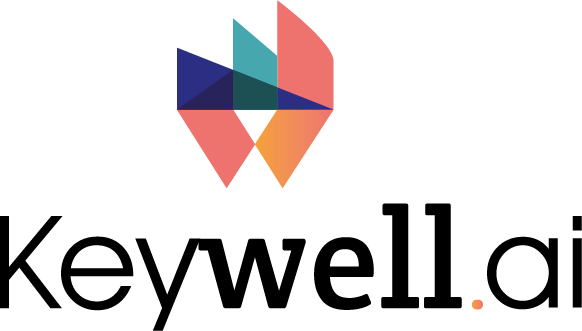Keywell collaborated with Duke University’s Sanford Spring Consulting Project to analyze private payer reimbursement rates and interview healthcare advocates to gain insights on using transparency data for enhancing maternal health response. Discover how this partnership helped prioritize maternal health in underserved areas and improve the quality of care for mothers and newborns.
We’re excited to highlight a recent collaboration with Duke University to explore the use of PriceLink data to improve maternal health outcomes in rural North Carolina. Our team participated in the 2023 Sanford Spring Consulting Project with the Sanford Institute of Public Policy to analyze private payer rates and evaluate inequities in reimbursement to rural maternal health providers. We’d like to thank the skilled Duke Student team and Sanford leadership for the opportunity to complete this important work.
Background
The Centers for Medicare & Medicaid Services (CMS) Transparency in Coverage rule went into effect in July, 2022, requiring health insurance companies to release negotiated rates with healthcare providers (learn more). These rates were previously considered confidential information and represent the basis of patient cost-sharing, an important step towards actual consumer price transparency. Although the datasets are now accessible to the general public, the data sizes are extraordinary and represent one of the largest public datasets in existence.
At Keywell, we have processed the data and have developed tools to clean and make it useful. Due to the gravity of this new information, we wanted to explore the potential ways to use this access for good, particularly to improve health equity. We engaged with the Sanford team to support the research and assessment of potential ways that the data could create impact.
Maternal Health Focus
The Duke team researched and brainstormed potential applications of the data and decided to narrow the policy question address the maternal health birthing crisis in rural North Carolina counties. People living in rural areas can face even more challenges accessing healthcare due to unique social determinants of health. The team explored whether payer-provider negotiated price data would bring new insights to improve maternal healthcare advocacy and pricing transparency.
By conducting a thorough analysis of private payer reimbursement rates and engaging in insightful interviews with healthcare advocates, the team aimed to gather evidence and insights on how CMS data could be harnessed to inform and enhance the maternal health response in these underserved regions. The policy team found that the data might be utilized to address social determinants of health in rural counties, raise price awareness, and address disparities in maternal health.
Key Recommendations
One of Duke’s teams recommendations to improve health equity was to give maternal health professionals access to Keywell’s PriceLink product and a data repository. PriceLink is a solution allowing users to access simplified healthcare price data in market reports and curated dashboards. Having these insights may give rural maternal health providers leverage in negotiating rates with payers and understanding commercial market rates. While it won’t solve provider shortages and macro rural health issues, we theorize that understanding payment rates may impact potential revenue for these providers, indirectly impacting access and outcomes.
Commitment to Implementing the Recommendations
We are inspired by the Duke team’s dedication and expertise and are committed to following through with proposed data releases for maternal health providers. By doing so, we aim to empower these healthcare professionals with the information they need to make informed decisions and improve the quality of care for mothers and newborns.
As we continue to explore the potential of price transparency data in improving healthcare outcomes, we invite you to learn more about our efforts and join the conversation. Visit our price transparency page to discover how we’re harnessing this valuable information to make a positive impact within the healthcare industry.
To view the full report, click here*.
*Note: in the report, the students used the term “provider” to largely mean healthcare practitioners, separate from healthcare administrators.





